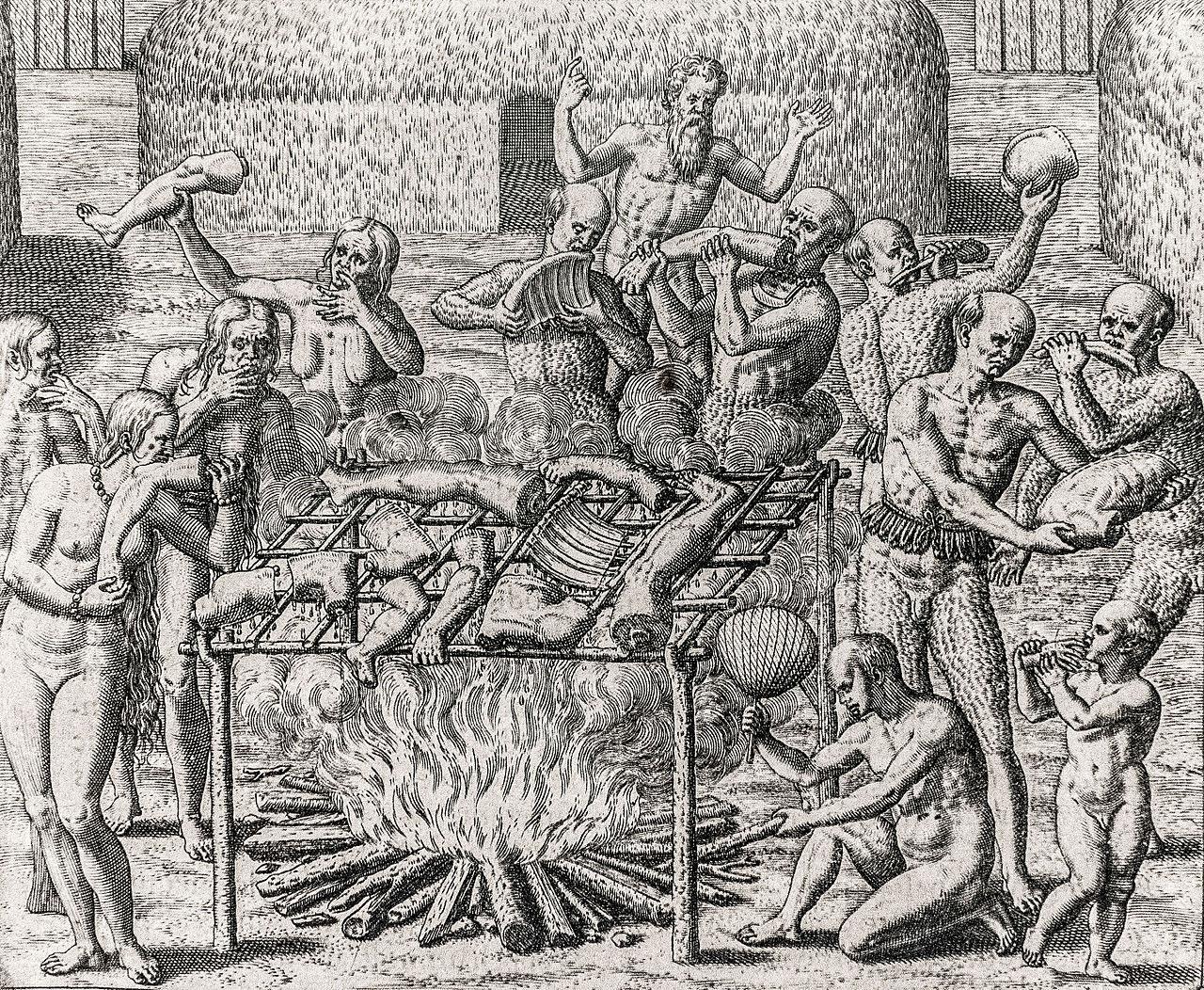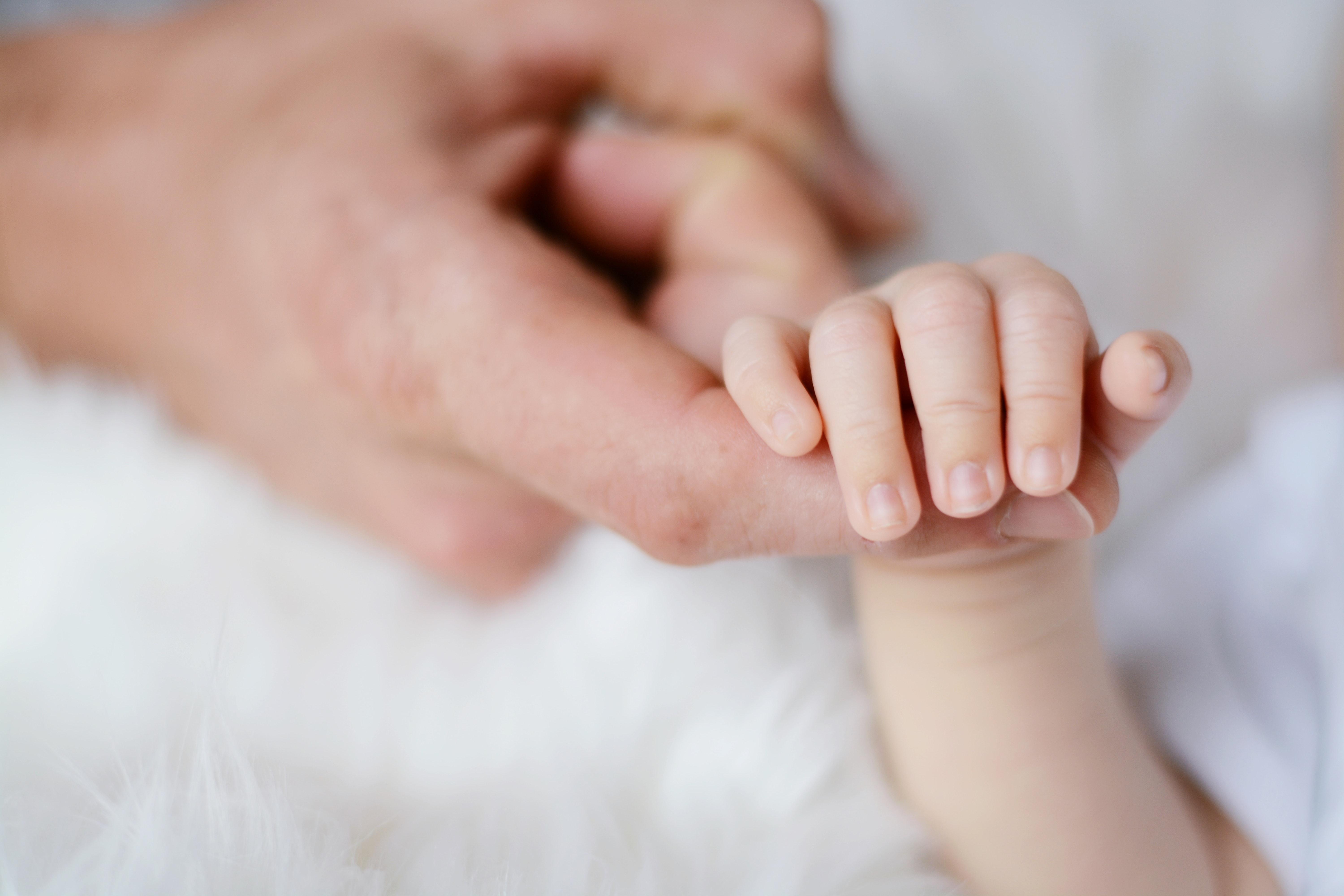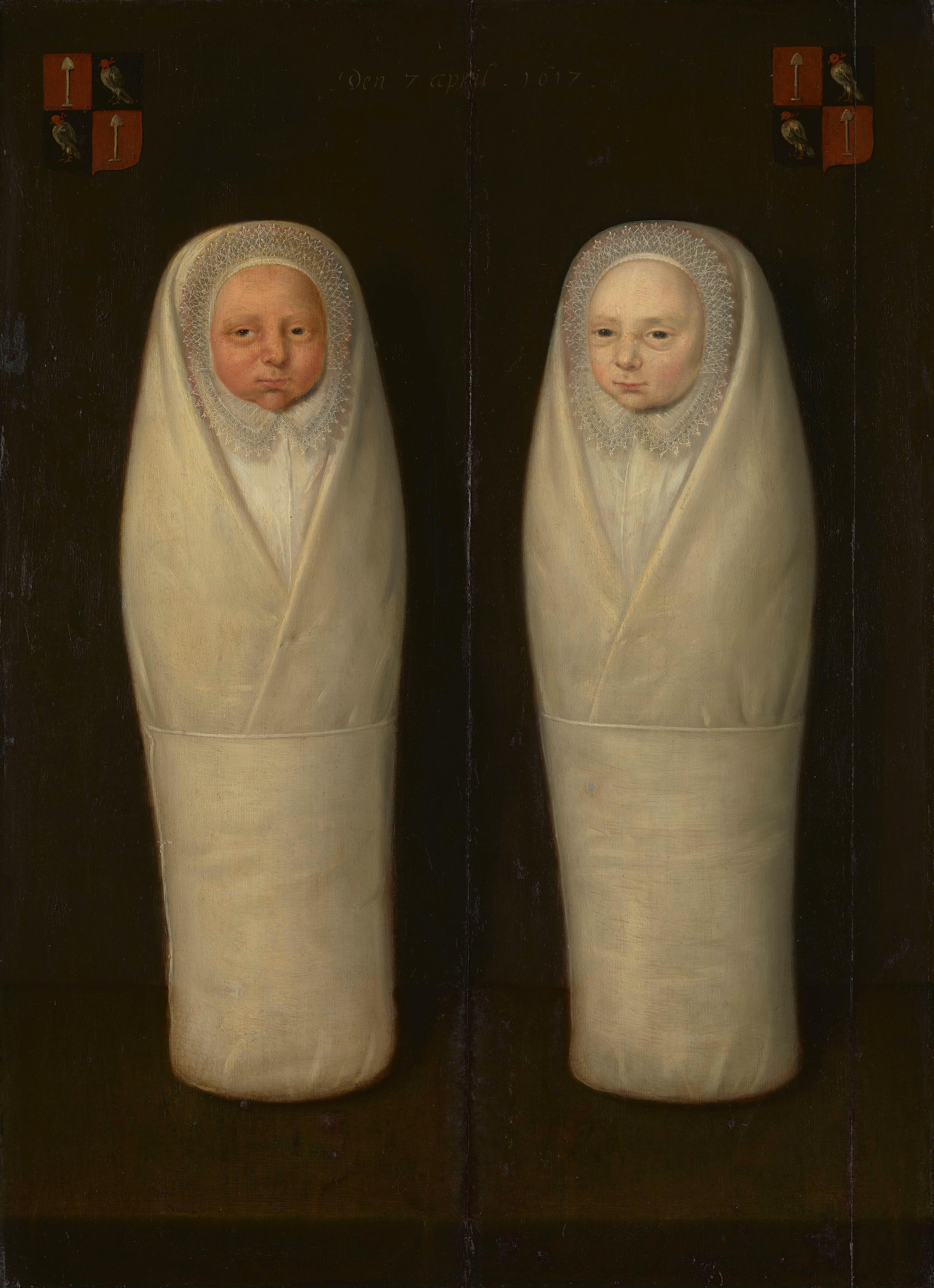The way children draw human figures has changed since the 1970s, reflecting modern society’s attitudes to gender — German study

Over the last half century Western European countries have enjoyed a large increase in gender equality.
There is a long way to go, but some statistics are striking: for instance, in Germany the employment rate for women has increased from 48 per cent in 1980 to 73 per cent in 2014. Psychologists are interested in whether, and how, these kind of societal-level changes filter down and affect children’s conceptions of gender.
To find out, a team at the University of Münster and Osnabrück University, led by Bettina Lamm, has compared the way that young German children in 1977 drew a human figure with the way that age-matched German children in 2015 drew a figure. The results, published in Sex Roles, suggest two parallel changes: girls in 2015 more often chose to draw a female figure than girls in 1977; at the same time, the children tested in 2015 depicted female figures as more distinctly feminine than the children in the 1970s.
“Societal changes over the last four decades in West Germany have clearly generated two trends,” the researchers said. “… growing status equality between the genders on the one hand, and increasing gender differentiation, on the other.”
There were 208 boys and girls in the sample from 1977 and 168 in the contemporary sample, with no significant age differences between the two – across both groups, the average age was 6-7 years, and just over 50 per cent were female. Both groups were recruited from comparable West German cities with “well-developed educational systems” and all children spoke German at home.
In the 1970s and in 2015 the children were tested in school. They were given a blank piece of paper and a pencil and the same instruction to “draw a picture of a person as well as you can” with no time limit. The researchers then coded all the drawings for whether they were male or female and how many gender stereotypical details they included, in terms of things like hairstyle, clothing and jewellery.
In 1977, the overwhelming majority of the children’s drawings were of men (70 per cent vs. 18 per cent female, with the gender of the remainder not identifiable), with just 34 per cent of the girls choosing to draw a human figure of their own gender. In 2015, this had changed dramatically – now overall more of the drawn figures were female (47 per cent) than male (40 per cent), with the remainder not clearly identifiable as one gender or the other, and 85 per cent of the girls chose to draw their own gender.
In terms of gender differentiation, the female figures drawn in 2015 were more overtly feminised in stereotypical fashion via their clothing and accessories than they were in 1977 (conversely there was a trend, statistically non-significant, for the male figures to appear less overtly masculinised – perhaps, the researchers speculated, because of the school context in which boys may have been reluctant to draw stereotypically masculine accessories such as guns, out of fear of disapproval due to male attributes becoming “less valued or socially accepted”).
Overall, Lamm and her colleagues said the parallel trends apparent in the drawings would appear to reflect on the one hand the rise in gender equality in German society (thus girls’ being happier to draw female figures thanks to their greater perception of enhanced female self-esteem), and on the other hand, girls drawing more distinctly feminine figures, due to the growing recognition and consensus in education and childcare more generally that “gender justice demands an awareness of dissimilarities between boys and girls without limiting opportunities for either gender.”
Christian Jarrett (@Psych_Writer) is Editor of BPS Research Digest.
Reprinted with permission of The British Psychological Society. Read the original article.





